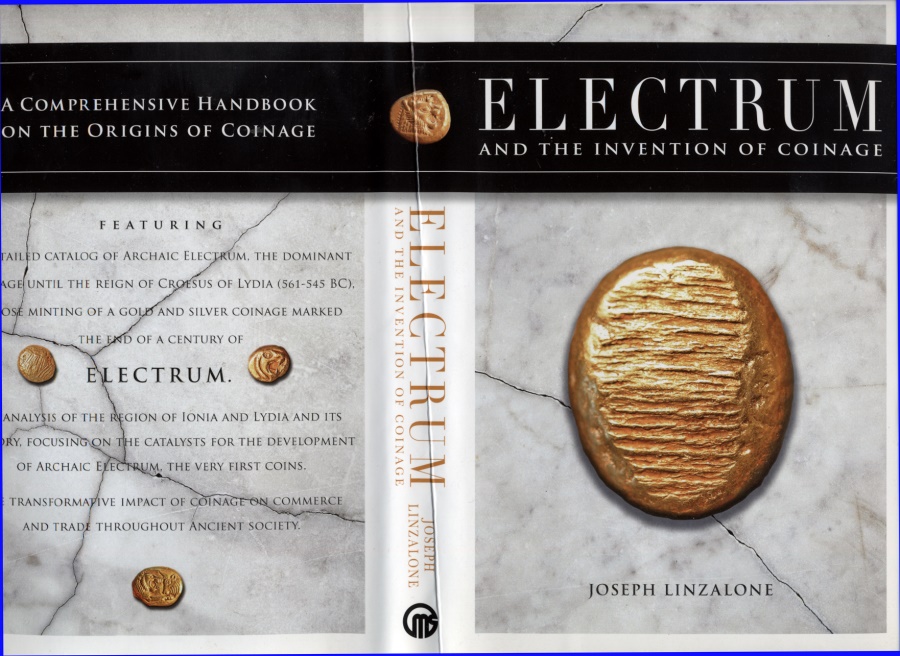

The foundation of this was a full-weight gold coin, the hyperpyron (Gk.='super-refined') of 85% (20.5K) fineness. Among many reforms he introduced an entirely new system of coinage in 1092. Both sides are shown.Īlexius I Comnenus (1081-1118) revived the foundering Empire. 5 = cast copper coin of uncertain value, Cherson mint, John I (969-76). 4 = 'anonymous' follis Class A2, attributed to Basil II (976-1025). 3 = miliaresion of Nicephorus II (963-9). Examples of Byzantine coinage c.950-1092AD:ġ and 2 = histamenon nomisma and tetarteron nomisma of Isaac I (1057-9). The follis was the only common copper of the pre-1092 period, apart from small thick coins of uncertain value, minted at Cherson - production of the latter finished in the days of Basil II.įigure 1. The follis was a heavy (from 6 to l5 grammes) copper piece, in those times worth 288 to the histamenon. Two-thirds and one-third miliaresia were sometimes also struck. A large, thin coin called the miliaresion (Gk.='one-thousandth'), was worth 12 to the histamenon. Silver coinage was uncommon in this period. During the reign of Basil II (976-1025) the histamenon became a larger, thinner coin (but keeping its original weight), then in the reign of Constantine IX (1042-55) it becarne scylphate (cup-shaped), both changes serving to distingush it from the tetarteron, which kept its old form.īeginning in the earlier reign of Michael IV (1034- 1041) the purity of Byzantine gold coins was gradually adulterated, falling to 26% by the accession of Alexius I in 1081, possibly reflecting the declining fortunes of the Empire following the death of Basil II - though an alternative view sees a need to get more coinage in circulation, due to an expanding economy. In practise, it was not important to distingush the two types as payments were made by weight, not number, of coins. This was called the tetarteron nomisma (Gk.='(lacking) a quarter'), and the older coin became the histamenon nomisma (Gk.='full weight'). A slightly lighter (by one-twelfth), but otherwise identical gold coin was first struck under Nicephorus II (963-9). The mainstay of the Byzantine economy from the earliest days was always the pure gold nomisma (Gk.='coin'), a small, thick coin struck at 72 from a Roman pound (327.45g) of gold. 16943) $975.This paper will review the evolution of the main types of Byzantine coinage in the Middle Byzantine era (the core period of the New Varangian Guard), and ends with some notes on collecting these coins. CROTON SILVER STATER – ISSUE WITH HERON NEXT TO TRIPOD – XF NGC GRADED GREEK BRUTTIUM COIN (Inv.

ANTIOCHUS VI SILVER TETRADRACHM – ISSUE OF ANTIOCH ON THE ORONTES OF YEAR 170 (143/2 BC) – CHOICE XF NGC GRADED GREEK SELEUCID KINGDOM COIN (Inv.THASOS SILVER STATER – SATYR ABDUCTING NYMPH TYPE OF THE CLASSICAL PERIOD – CHOICE VF NGC GRADED GREEK THRACIAN COIN (Inv.TIBERIUS SILVER DENARIUS – BIBLICAL TRIBUTE PENNY FROM THE LIFETIME OF CHRIST – AU NGC GRADED ROMAN IMPERIAL COIN OF THE 12 CAESARS (Inv.FAUSTUS CORNELIUS SULLA SILVER DENARIUS – SUBMISSION OF JUGURTHA TRIUMPHAL ISSUE – XF NGC GRADED ROMAN REPUBLICAN COIN (Inv.THEODOSIUS II GOLD SOLIDUS – EXCEPTIONAL GLOR ORVIS ISSUE FROM CONSTANTINOPLE – CHOICE MINT STATE STAR NGC GRADED ROMAN IMPERIAL COIN OF THE EASTERN EMPIRE (Inv.JULIUS CAESAR GOLD AUREUS – EARLY STYLE SPECIMEN OF HIRTIUS’ EMISSIONS – CHOICE FINE NGC GRADED ROMAN IMPERATORIAL GOLD COIN OF THE 12 CAESARS (Inv.ANTIOCHUS VII SILVER TETRADRACHM – SPECTACULARLY PATINATED CAPPADOCIAN KINGDOM EMISSION – EF GREEK SELEUCID KINGDOM COIN (Inv.ARADUS SILVER DRACHM – DATED ISSUE OF CIVIC YEAR 88 – CHOICE VF NGC GRADED GREEK PHOENICIA COIN (Inv.GORDIAN III BRONZE AE35 – RARE ISSUE OF TARSUS WITH THE HOMERIC MOSTER SCYLLA – FINE ROMAN IMPERIAL PROVINCIAL COIN (Inv.OCTAVIAN / AUGUSTUS SILVER DENARIUS – SPECTACULAR TYPE OF OCTAVIAN AS JUPITER TERMINUS – CHOICE VF NGC GRADED ROMAN IMPERATORIAL COIN OF THE TWELVE CAESARS (Inv.CASSIUS AND SERVILIUS SILVER DENARIUS – SUPER RARE EMISSION WITH CRAB STRUCK IN SUPPORT OF BRUTUS – FINE ROMAN IMPERATORIAL COIN (Inv.


 0 kommentar(er)
0 kommentar(er)
